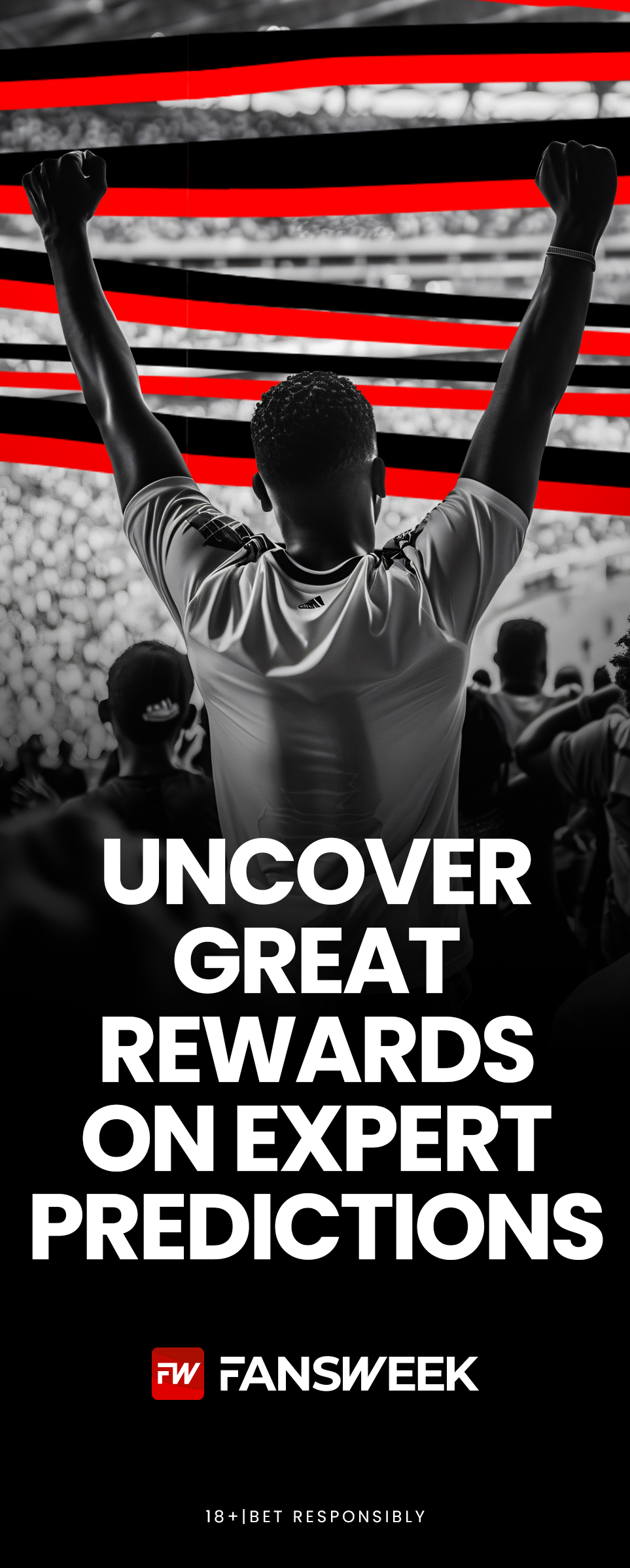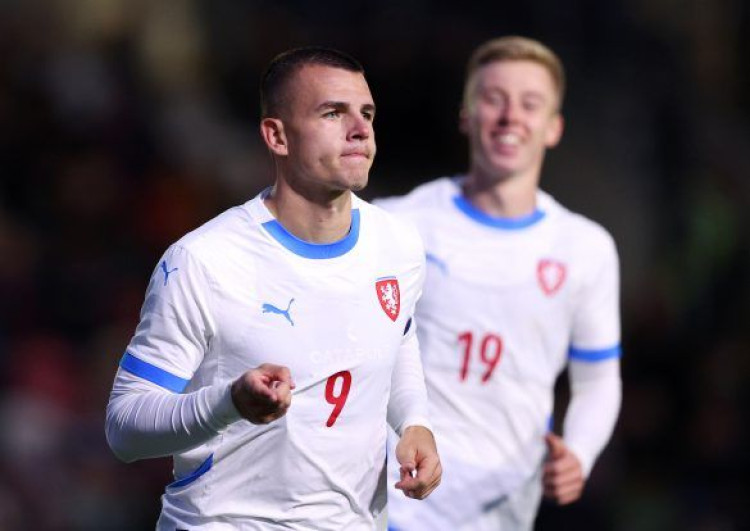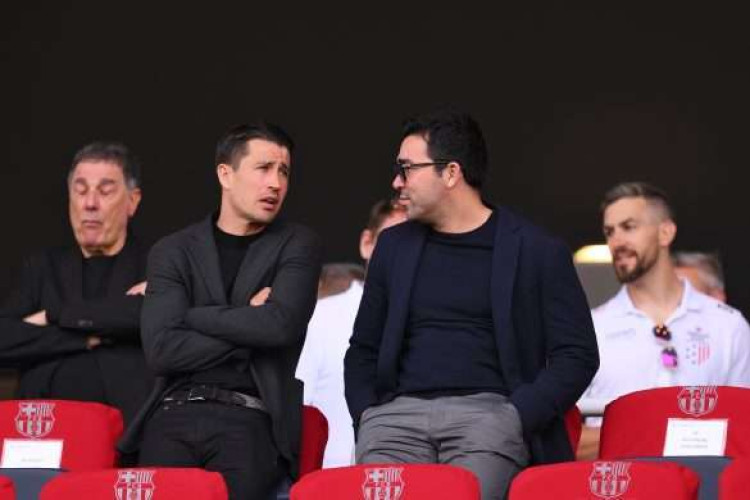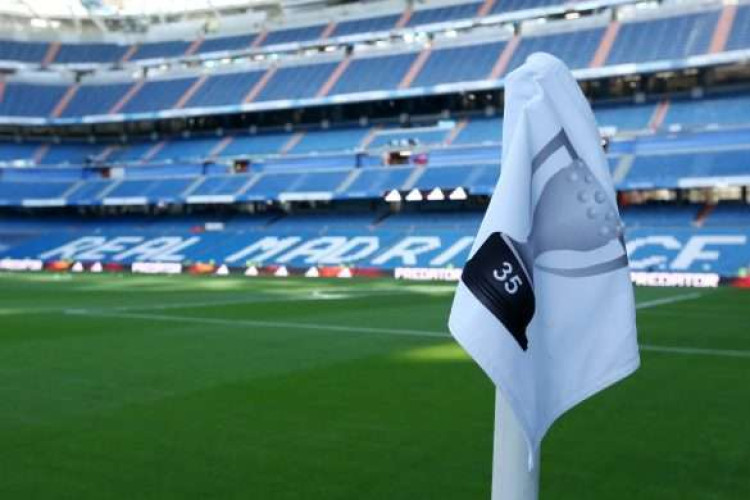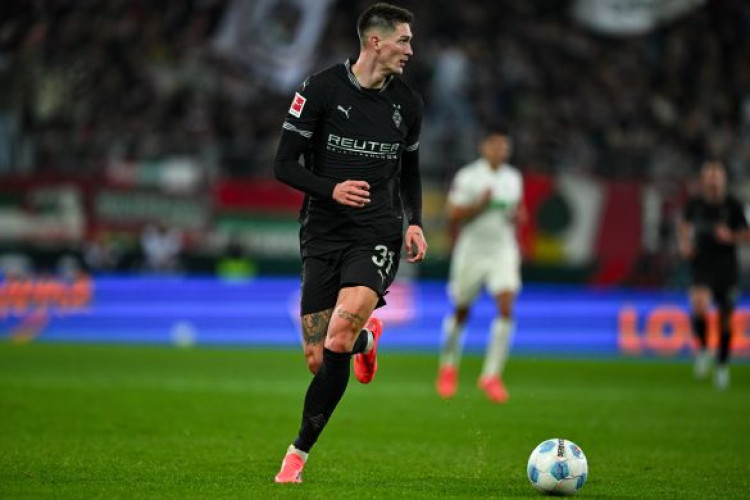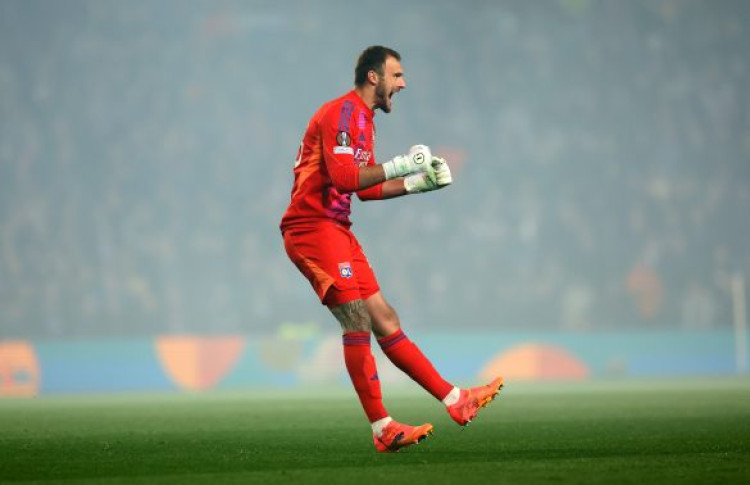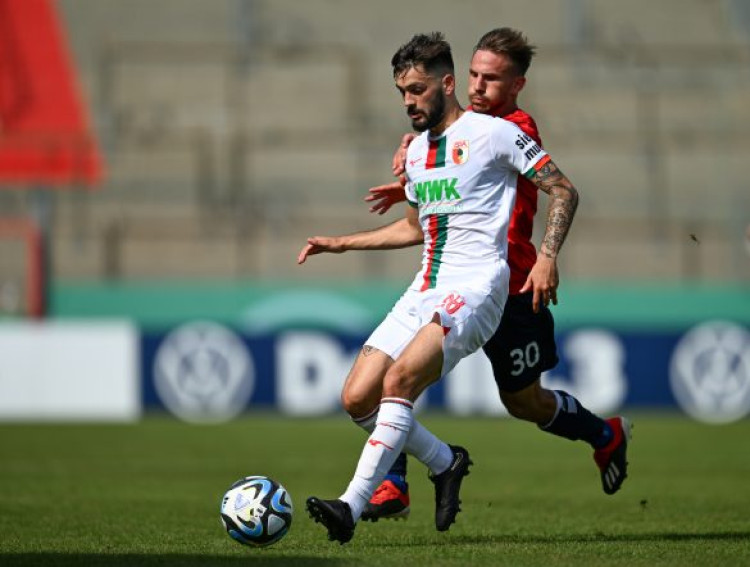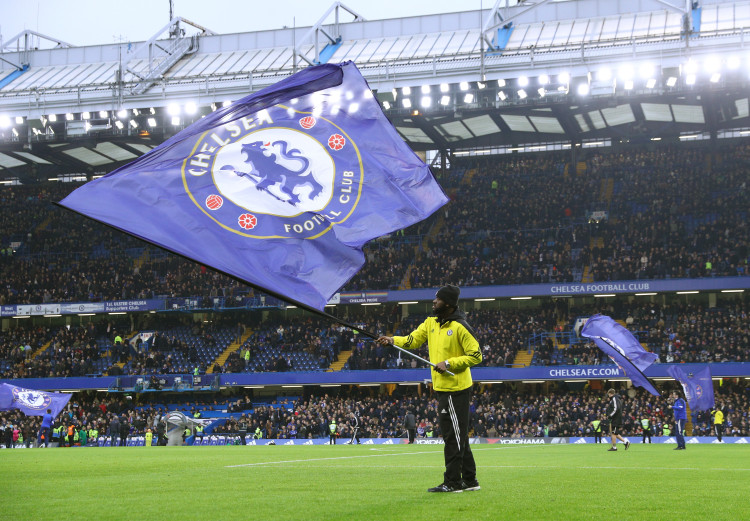
Chelsea’s Transfer Obsession: Are the Blues Building for the Future or Just Hoarding Talent?
Chelsea’s transfer strategy under Todd Boehly is a billion-pound gamble on youth, long deals, and future promise.
Since Todd Boehly and his consortium took the reins at Chelsea, the club’s transfer window antics have become more dramatic than Saturday primetime. Well over £1 billion has been splashed on a cavalcade of young stars, many of whom are locked into long-term deals.
The idea is clever on paper: sign tomorrow’s superstars today, spread the money to sidestep Financial Fair Play headaches, and, with any luck, reawaken that old Chelsea dominance.
But as the 2025 window spins with talk of Xavi Simons and Jorrel Hato possibly making the move to the West London club, one big question nags: are the Blues assembling a world-beating squad, or is this simply a case of stockpiling talent for the sake of it?
The Numbers Driving the Obsession
Chelsea’s transfer spending under Boehly is not just eye-watering, it’s historic. The club’s approach is data-driven and future-focused: snap up Europe’s best young prospects, pay hefty up-front fees if needed, and hand them long-term deals that last over half a dozen years that amortise cost for FFP, keeping the balance sheets in check while others gasp for air.
It is a model borrowed from American sports, where long contracts mean cost control and squad consistency. Signing youth also means beating out competitors and sometimes paying a fraction of what a player would cost at their peak.
Case in point: while stars like Cole Palmer and Enzo Fernandez have become core to the Blues’ plans, others, like Renato Veiga, David Datro Fofana, Andrey Santos, and Cesare Casadei, found themselves lost in the system, stocked, shelved, and now teetering on the exit.
Squad Depth or a Traffic Jam?
The pursuit of Xavi Simons is a head-scratcher. Chelsea already boast a creative cadre with Cole Palmer, Christopher Nkunku, Raheem Sterling, and Mykhailo Mudryk. Madueke’s departure opens up competition, and with Sterling and Nkunku linked with a move away from the club, Simons has obvious appeal.
But does piling up creators risk hindering individual progress? The risk is real when youth can quickly become frustrated by limited minutes, which in turn threatens long-term morale.
The Jorrel Hatos links point to another layer of the pattern. The Dutch wonderkid, capable of playing both centrally and out wide, would admittedly offer Enzo Maresca much-needed tactical flexibility at the back. Yet Chelsea are hardly short on defenders, raising the suspicion that chasing Hato is as much about snagging available talent as it is filling an immediate need.
The Striker Dilemma
If the London club’s midfield and defence are swamped, their striking department is practically pulsing at the seams. The search for a clinical number nine has led to a revolving door: Nicolas Jackson, Armando Broja, David Datro Fofana, Marc Guiu, and versatile forwards like Nkunku.
This summer alone, the arrivals of Liam Delap and Joao Pedro bring youthful promise and fresh hope. Still, Chelsea’s obsession with ‘the next big thing’ has not solved their 20-goal-a-season problem; a mark no Blues striker has hit in the league since Diego Costa in the 2016/17 campaign.
Exciting as Delap and Pedro may be, entrusting them to deliver what so many before have not feels like another spin of the roulette wheel. More importantly, the five striking options they had prior to the duo’s arrival now do not seem to have any role at the club. So, the Blues also need to focus on getting them off their books.
Is There a Method or Just Madness?
So, is there a grandmaster plan at work in West London, or are Chelsea’s long-term deals and shopping sprees a scattergun approach, desperately hoping something sticks? Without doubt, the result is an overloaded squad and millions spent on players who may never get the chance to shine at Stamford Bridge.
Yet, to give credit where it is due: the Blues have also offloaded plenty of talent in the recent past, recouping significant fees and staying within regulatory lines. The short-term effect is an exhilarating squad brimming with potential. The long-term consequences, however, remain murky. Overpopulation breeds dissatisfaction and risks losing tomorrow’s stars before they ever truly wear the shirt.
Chelsea’s transfer obsession may temporarily excite, but unless a more refined, purpose-driven strategy takes hold, the club risks becoming the ultimate collector, owning plenty but mastering little. For now, the experiment continues, with high stakes and even higher expectations.
The Blues have already unearthed a core of outstanding young talents who could form the backbone of a truly competitive side in the coming years. With Palmer and Fernandez showing genuine star quality, the club now has the opportunity to pivot from relentlessly stockpiling prospects to making targeted, experience-driven signings in key positions.
By focusing on adding proven performers where it matters most, the West London club can channel their resources more wisely and set a clear course back toward sustained success and their former glory.

